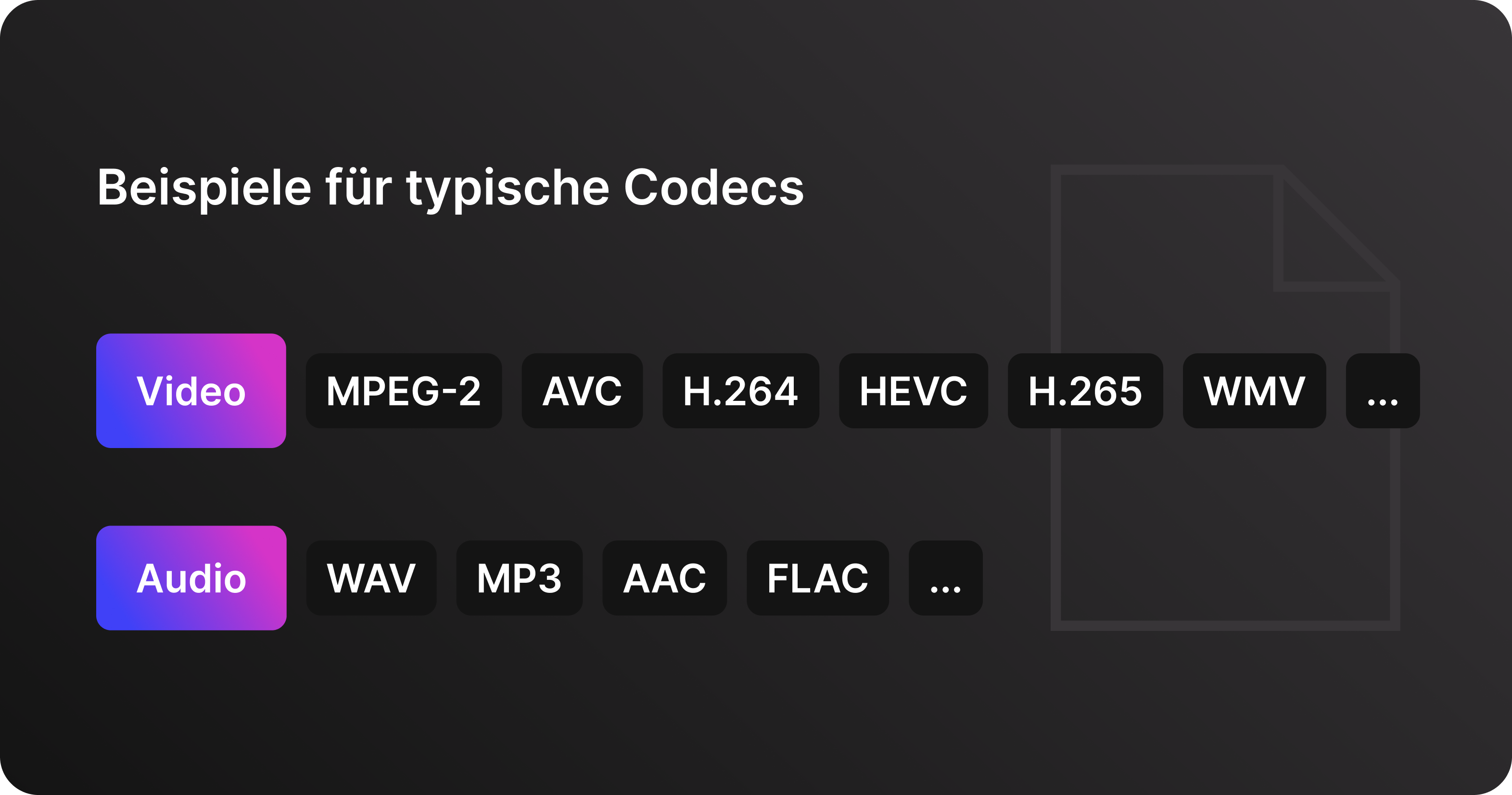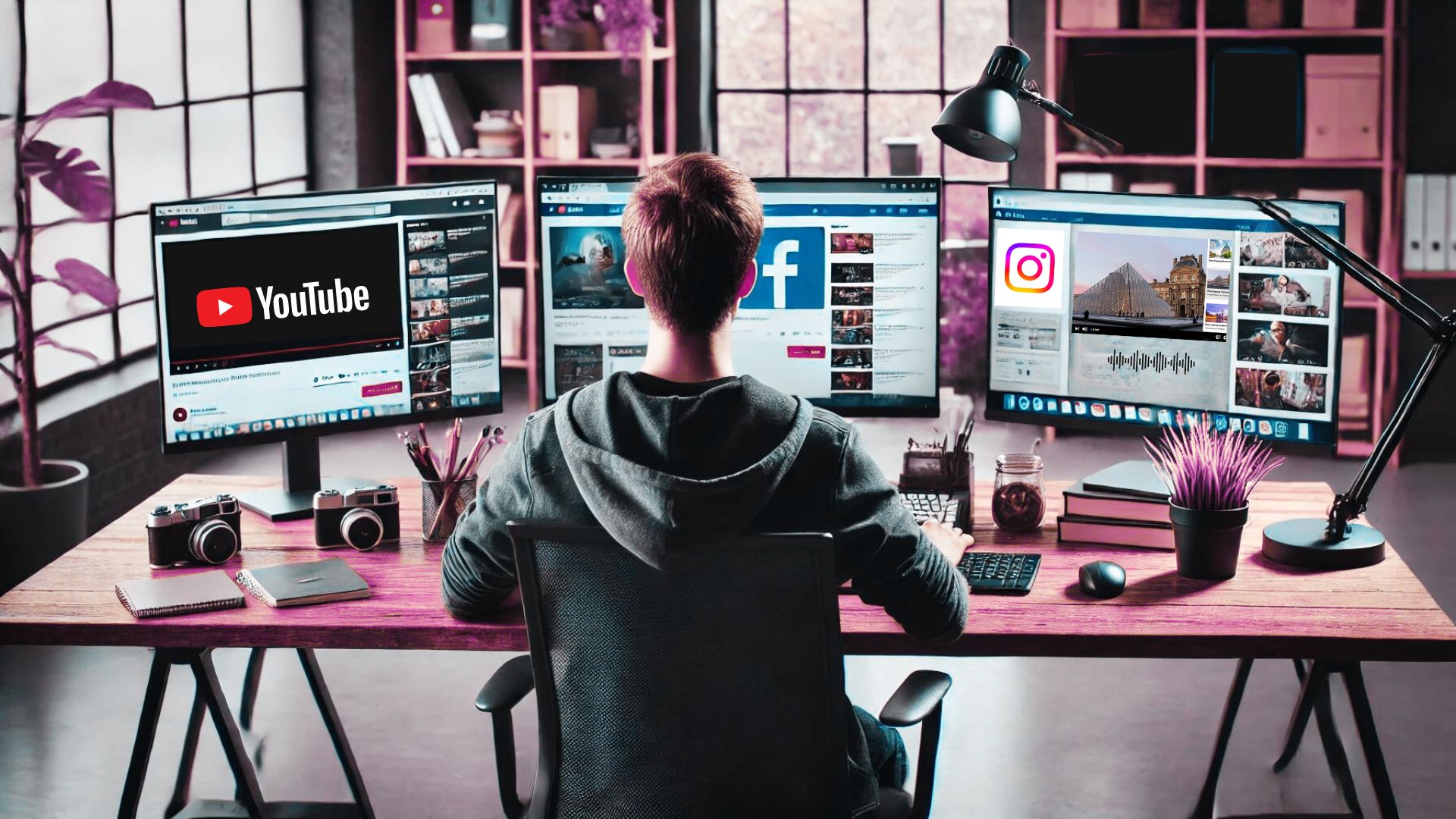Digital knowledge: Decoding, Encoding & Transcoding

What is the difference between decoding, encoding, and transcoding?
Every digital medium — regardless of whether it contains image, video or audio — has something to do with coding. When digitizing an analog signal (light or sound), digital coding must be carried out in order to be able to record, transmit and play back image, video or audio.
At the beginning of the chain, there is always the creation of a digital signal, the encoding. Typical applications include recording an image or video signal with a digital camera or smartphone or recording sound via microphone with a digital audio recorder or smartphone. The recorded digital signal is decoded for playback. There is a standardized basis for encoding and decoding: the so-called codecs.
In order to be able to create and play complex digital signals in high quality, the data in the respective codec is compressed using algorithms. The signal quality differs depending on the codec.
Codecs can be run either hardware-based or software-based. For example, the video or photo camera has a digital processor (encoder) that generates the digital signal. In turn, in the Blu-ray player, a hardware-based decoder plays the video codec on the Blu-ray disc.

To transcode is to convert. This process is used when one digital media format is converted into another. A typical example of this is converting audio WAV files to MP3 files.
During the transcoding process, you have the option to make several changes. For example, the bit rate of the video, i.e. the speed at which the data is transferred, can be changed. Higher bit rates make sense for better streaming quality. Frame rates of 1080p are ideal for viewers who have the necessary bandwidth to consume high-resolution media. However, it is often useful to transcode videos into multiple formats so that the viewer can select a frame rate that's right for them.
Why is transcoding important?
When videos are transcoded into various formats, users can watch this content in the best possible quality — regardless of which playback device they use or how fast their Internet connection is. This increases the customer experience!
Newsletter
Abonnieren Sie unseren monatlichen Newsletter, um immer auf dem Laufenden zu bleiben!


